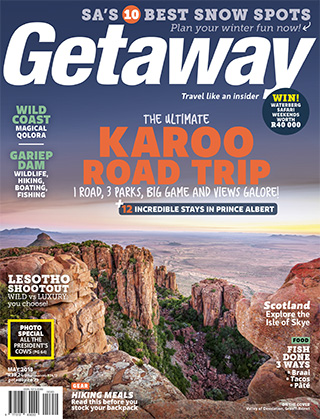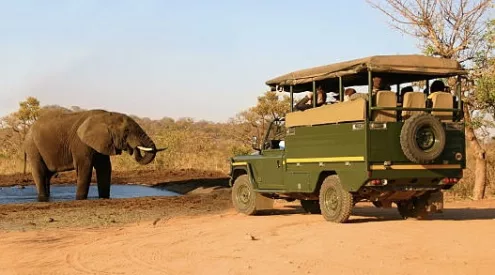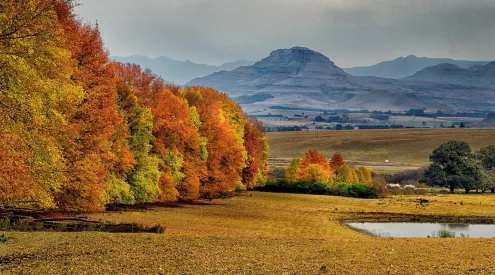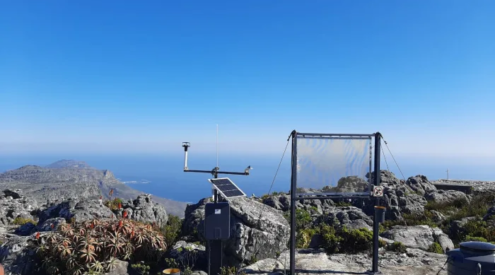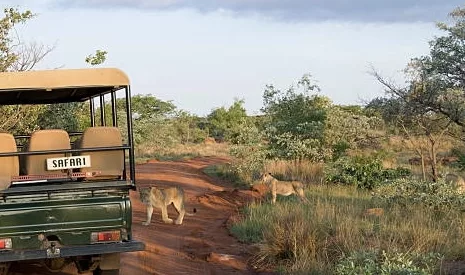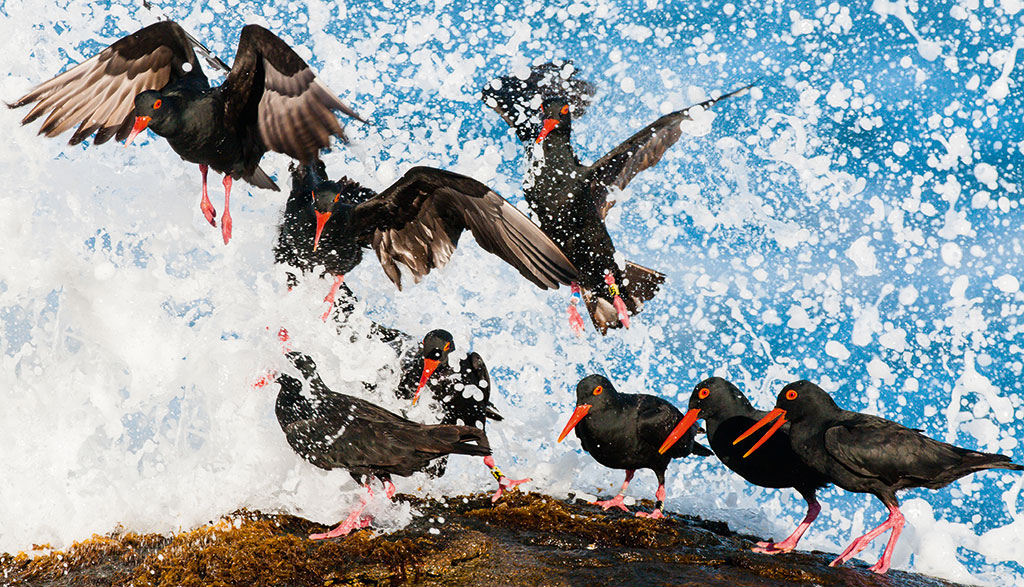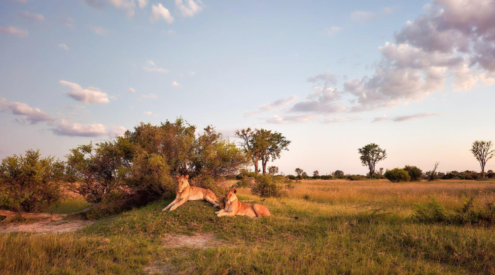Photographing subjects in motion can be tricky, but get it right and the results will be fascinating.
Contributing photographer Andreas Eiselen tells you how, using this image by Peter Chadwick.
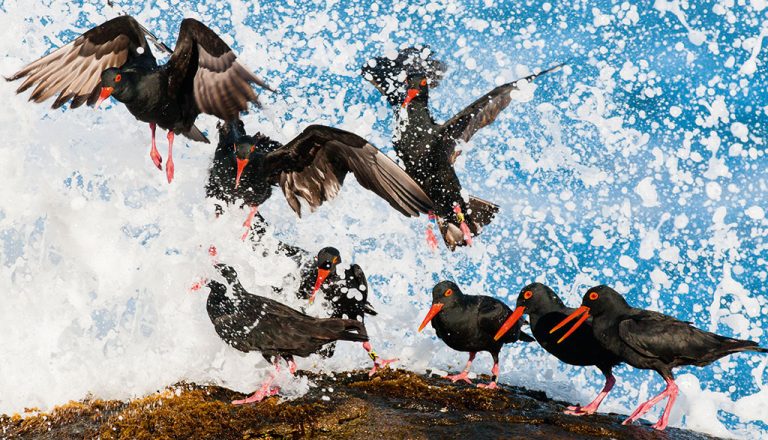
Equipment Nikon D300S, Nikon 500mm f/4, ISO 640, f/8, 1/1600 sec
Peter says…
As part of a conservation photography project profiling South Africa’s seabirds, I spent several days on Malgas Island in the West Coast National Park. After scouting the island, I noticed that several pairs of African black oystercatchers congregated on a specific boulder every morning. Over three mornings, I set up at a distance to photograph their interactions at sunrise. On the last morning, large swells from a stormy sea swept in over the boulders, scattering the birds into flight and creating the perfect moment. My perseverance and working towards getting a specific image paid off.
Peter’s Tip
Before setting off, research as much as you can about your destination and the subject you want to photograph. This will allow you to preconceive the images that you are looking for.
Take it yourself
When capturing motion, here’s how to use your camera’s settings to your advantage
Equipment
DSLR Getting close enough to the action without a zoom lens is tricky. Use a telephoto with f/2.8 aperture. Compact Sport mode will increase your shutter speed to freeze motion.
Settings
Change to Shutter Priority mode. Use a wide-open aperture of f/5.6 or more to let in as much light as possible. This will allow you to push the shutter speed faster – it should be over 1/1000 sec to freeze motion. Push it as fast as possible without going too high on ISO (beyond ISO 3200) or picture quality will suffer. If you’re using a longer lens, to ensure you get a pin-sharp photo, check that the focal plane is not too shallow by zooming in on the focus area of an image on your LCD screen.
Practical
Be ready for action. Once you’ve found your subject and location, make sure your camera’s settings are correct.
Decide on shutter speed first. Different situations need different settings. Do you want to freeze motion or capture a sense of movement?
Increase your chances. Getting multiple shots using continuous shutter mode will capture the exact moment you want.
AI servo is your friend. This autofocus setting constantly refocuses so that your moving subject remains sharp in your frame.
Start shooting a split second before the action happens so that you don’t miss the moment. Good timing takes practise – try to predict the action by observing your subject for a while.
Getaway’s top tips
Starter tip: Avoid camera shake. The greater the focal length or zoom, the higher your shutter speed should be.
Amateur tip: Find an AF zone (seen as dots or points through the lens) that works well without the focus jumping between the moving subject and background.
Pro tip: Experiment with the six AF Case settings (under the AF menu in your camera), which track the subject in different ways when using AI servo. Find the correct sensitivity for your subject.
This article first appeared in the May 2018 issue of Getaway magazine.
Our May 2018 issue features the ultimate Karoo road trip, magical Qolora on the Wild Coast, a Lesotho shootout (wild versus luxury); hiking, boating and fishing on the Gariep Dam, we explore Scotland’s Isle of Skye, plus lots more.
